Acids & Sensitive Skin (YES, these two things go together)
For most of us, when we hear the word acid, it conjures images of battery acid or a bright green, burning liquid that will turn you into Two-Face from Batman.
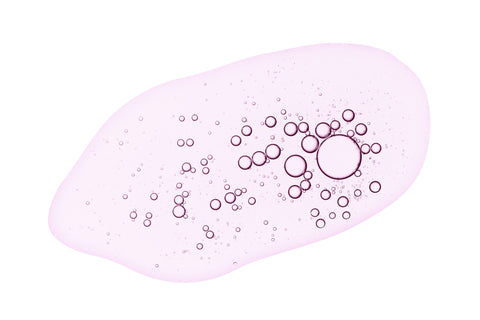
First, take a deep breath and pump the brakes! In skincare, acid means something very, very different. I’m talking about mild, milky, creamy acid even. Yes, they’re a thing—a really good thing in fact. And today’s skin science has many incredible exfoliating ingredients that are super mild and meant for even the most sensitive skin imaginable.
OK, I know what you’re thinking… “if my skin is sensitive why would I ever exfoliate? It’s harsh, it’s abrasive, it’s acid, lady!” Let me explain. Breaking down the skin is the only path to healthier, more hydrated and LESS sensitive skin. Think of it this way—dead skin on your face is just like a dry leaf on a tree. In order for it to be healthy, it needs to be pruned. And the most effective pruning for your face? Acids. But the calming, hydrating, super-safe kind I mentioned earlier.
Important interruption: How do you know if you have sensitive skin? Maybe you just have reactive skin, meaning you’re reacting to a certain product or ingredient. Here’s how to tell if you’re truly a Sensitive Sally: You develop rashes often, beauty products sting or burn, your skin easily flushes, your skin itches and fragrance and your skin don’t mix.
Does this sound familiar? OK, depending on the Ph and formulation (as over-exfoliation can cause irritation) here are a few acids you should look for in your products.
- Lactic acid: One of my favorites because it hydrates while it exfoliates
- Malic acid: An amazing anti-aging ingredient cleanses and rejuvenates the skin & visibly improves skin texture
- Tartaric acid: This alpha hydroxy acid (AHA) accelerates dead-skin-cell sloughing and reveals fresher, smoother, plumper skin
- Azelaic acid: Helps redness and rosacea, brightens skin tone, is an effective anti-oxidant
- Succinic acid: Derived from amber or sugar cane, it’s sustainable and meant to be left on the skin for a longer period of time, like overnight. It hydrates incredibly well
You’ve heard the saying, “more is more”, right? In this case, it’s true. After you exfoliate, some of the best things to follow up with are…you guessed it, more acids. But now, I’m talking Fatty and Omega.
- Essential fatty acids: Oleic, Palmitic and Linoleic acids are natural skin barriers
- Omega fatty acids: Omega 3, 6 and 9 acids are essential building blocks of skin and strengthen against environmental damage
So, as we head into the thick of Fall, it means much more exfoliation. Leaves off trees and skin off your face—you get the autumn analogies ;)
Here’s to ending the acid anxiety surrounding sensitive skin!
Good luck,
Olga

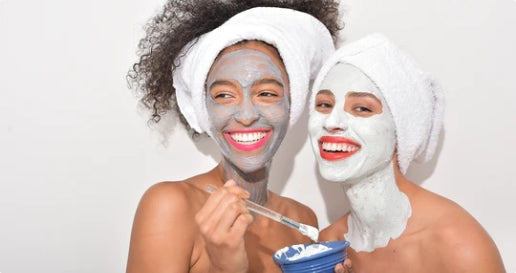
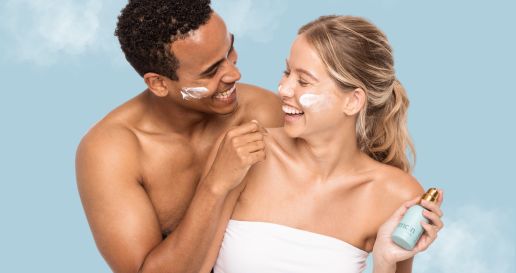

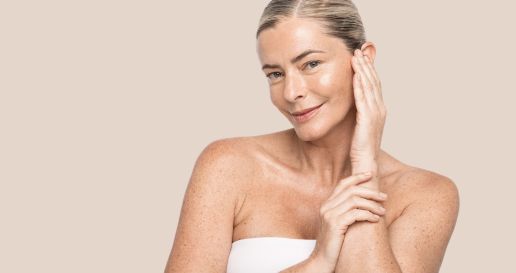
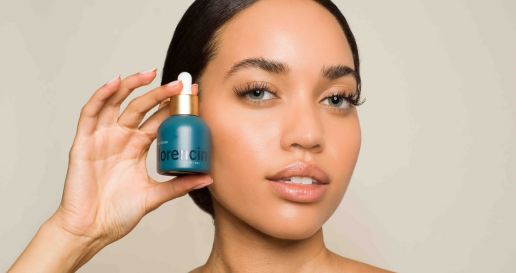
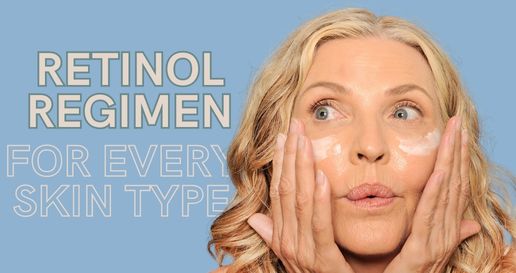
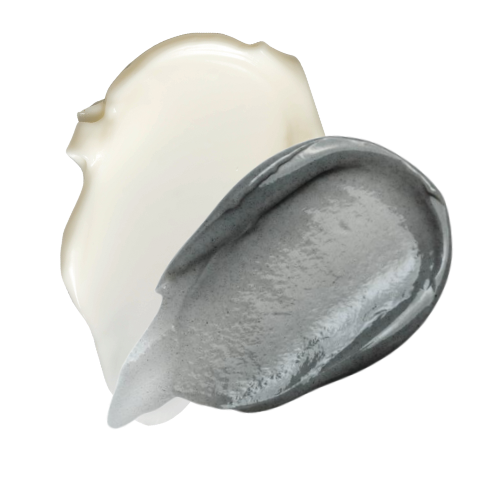
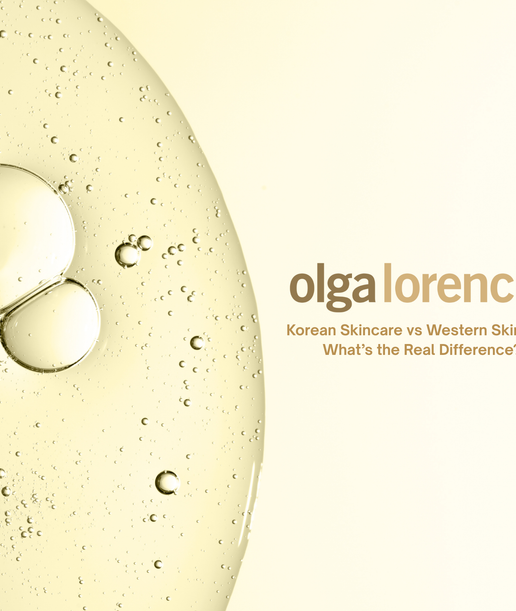
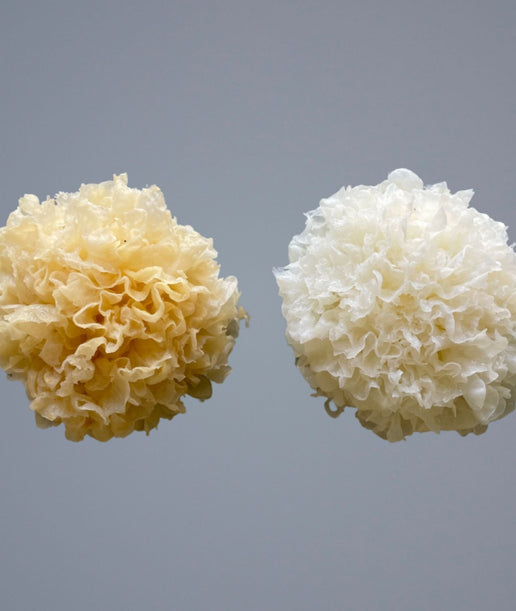
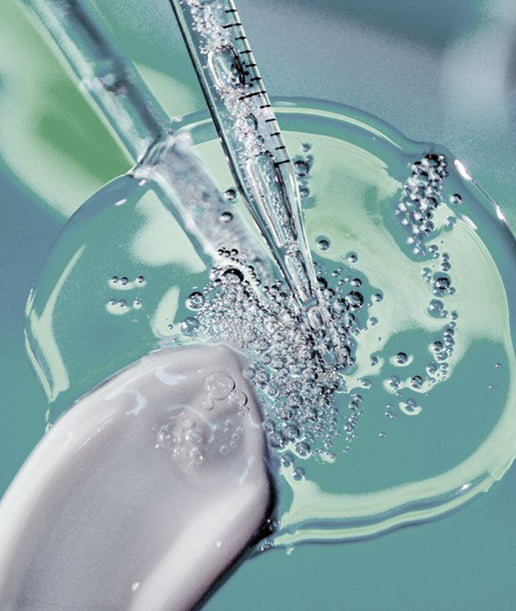
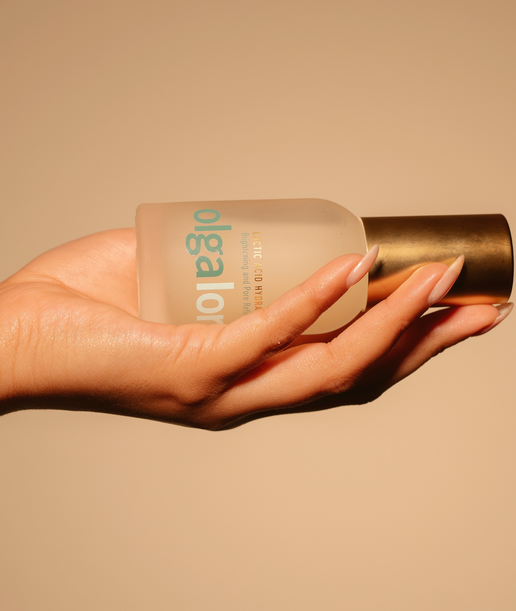

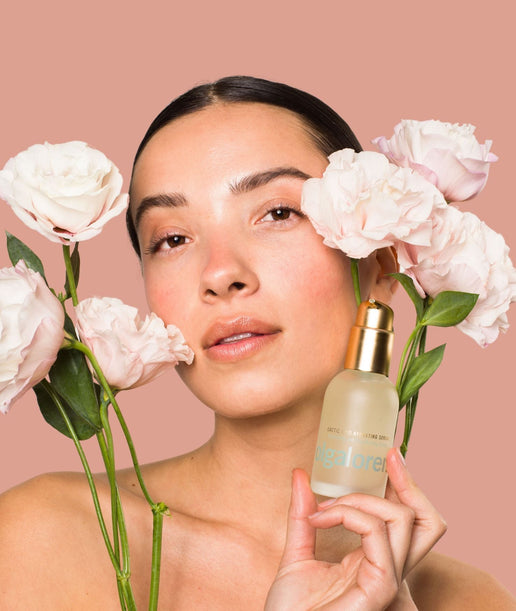

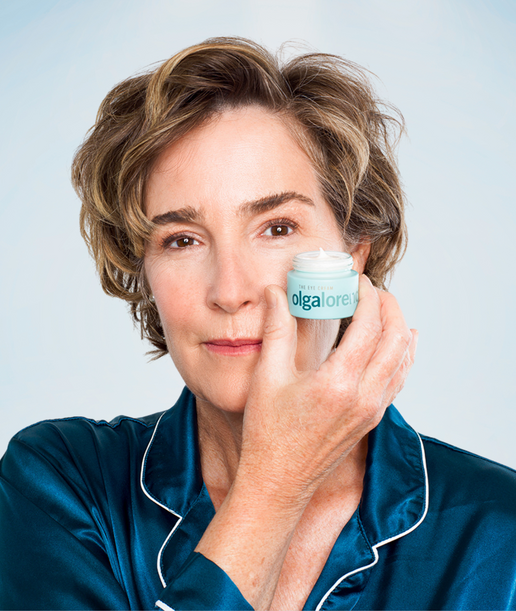



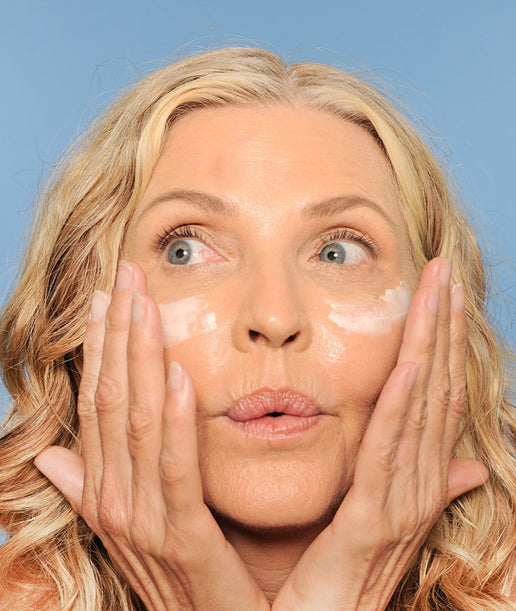

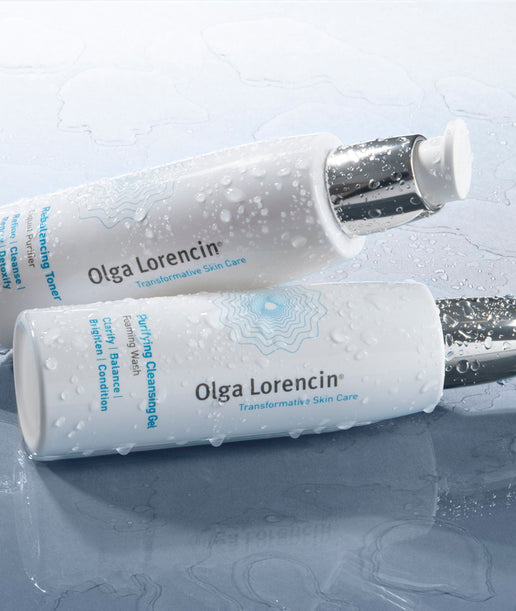
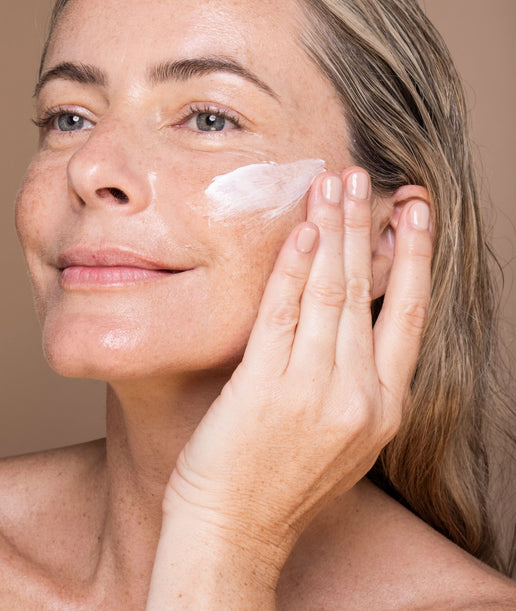

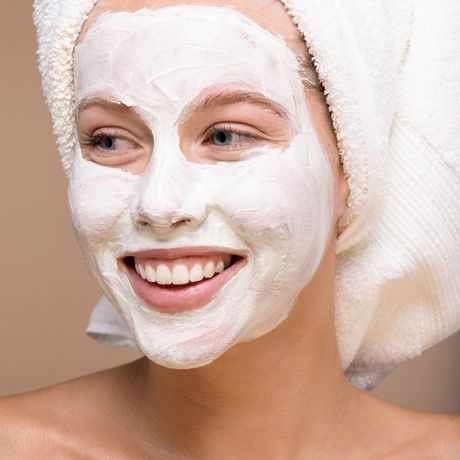
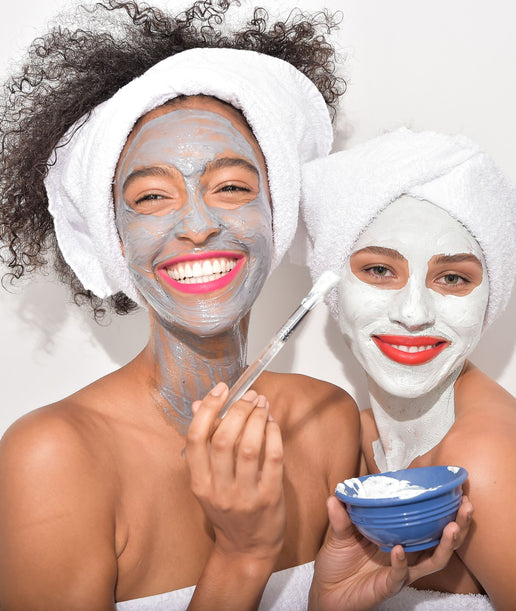

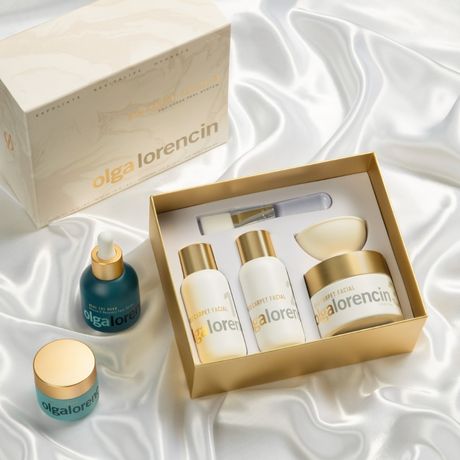
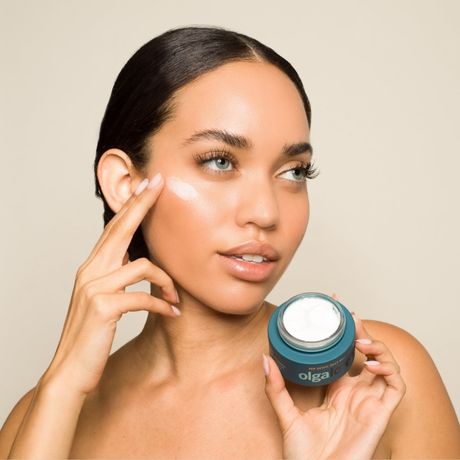

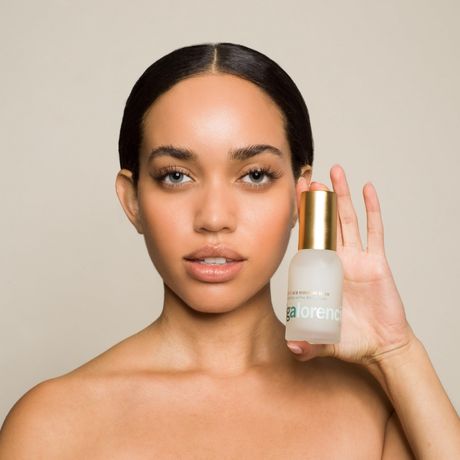





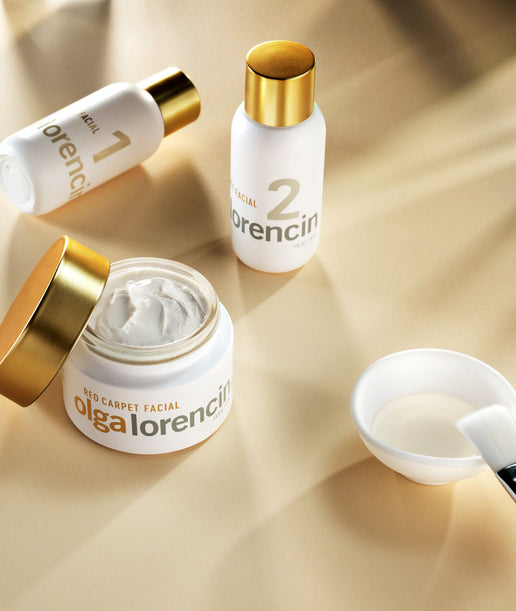

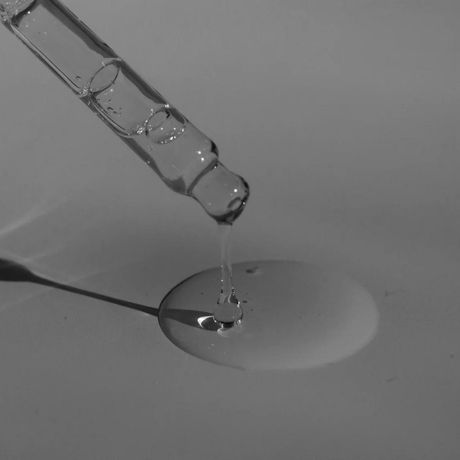

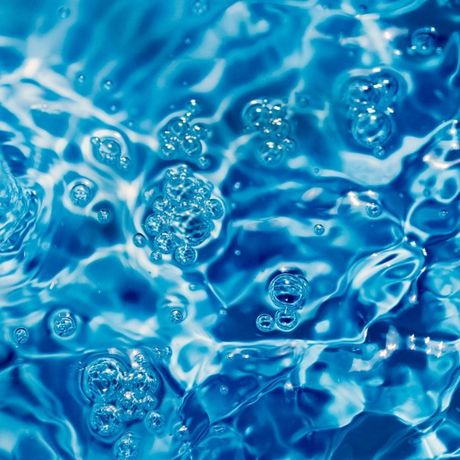
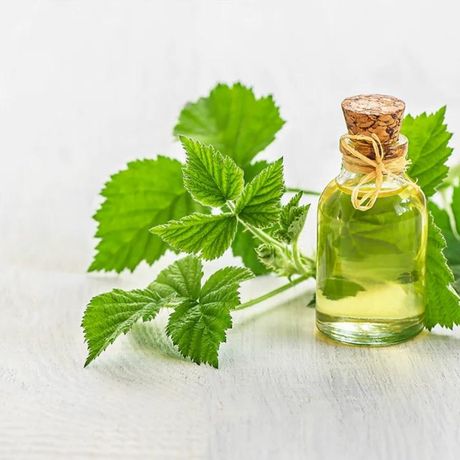
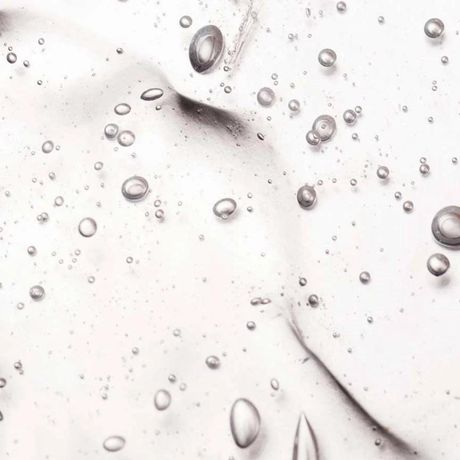
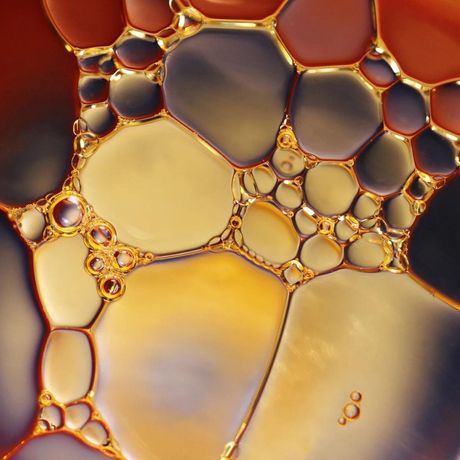
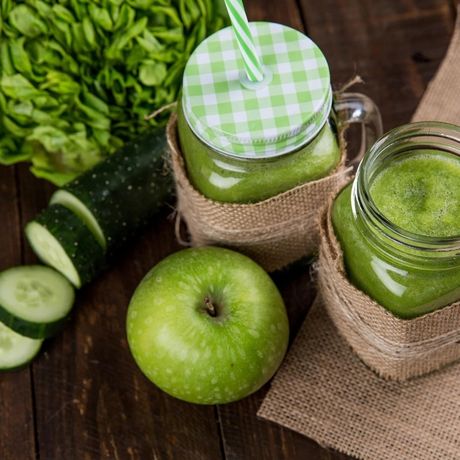
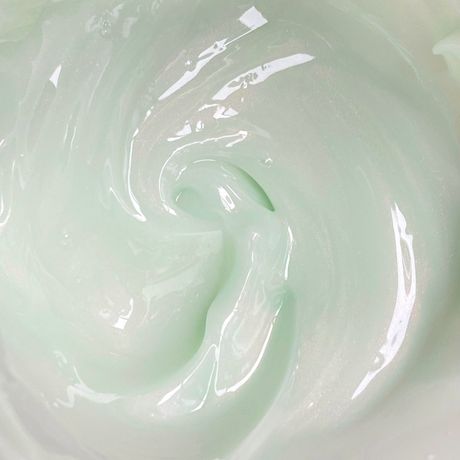
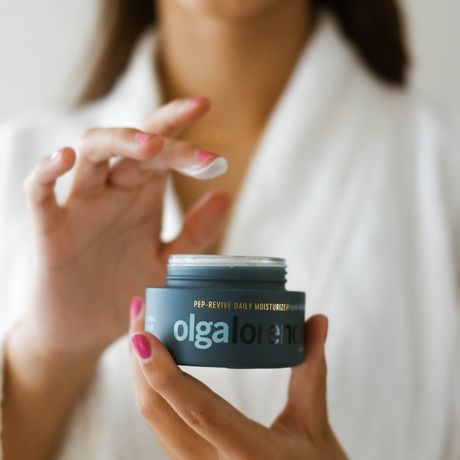
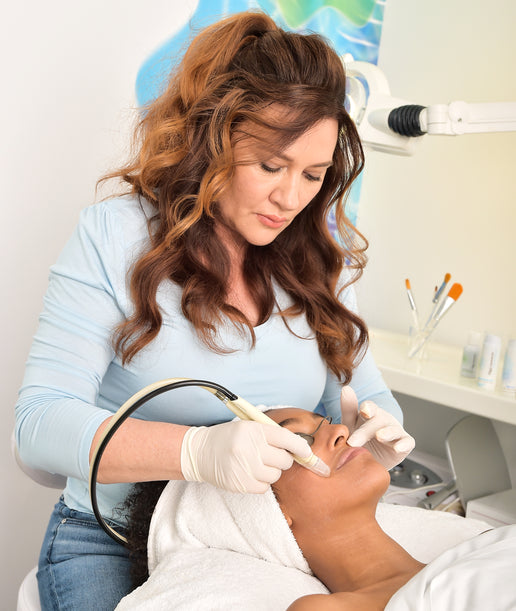
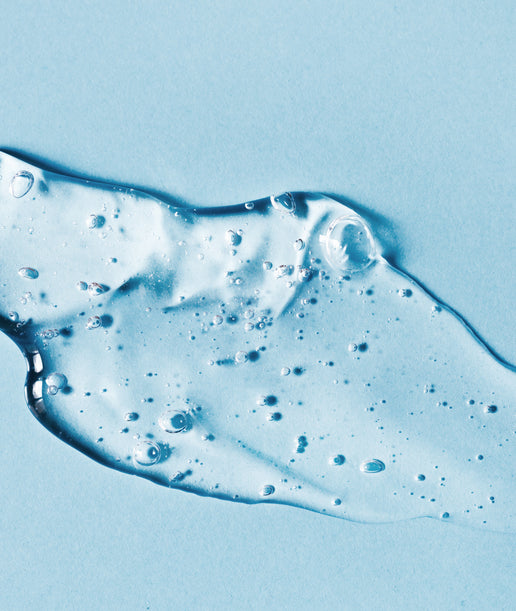
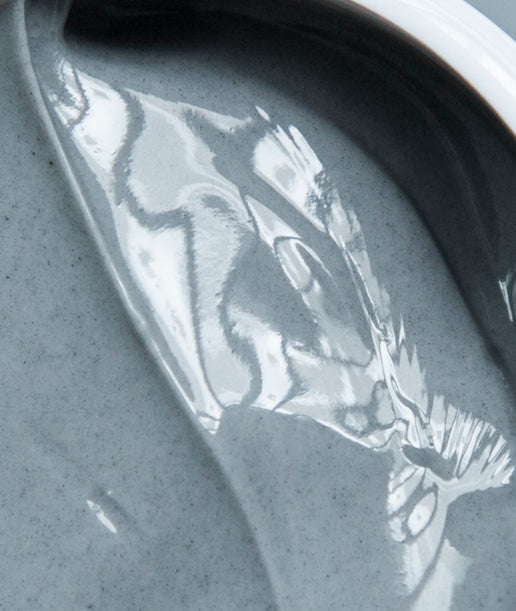
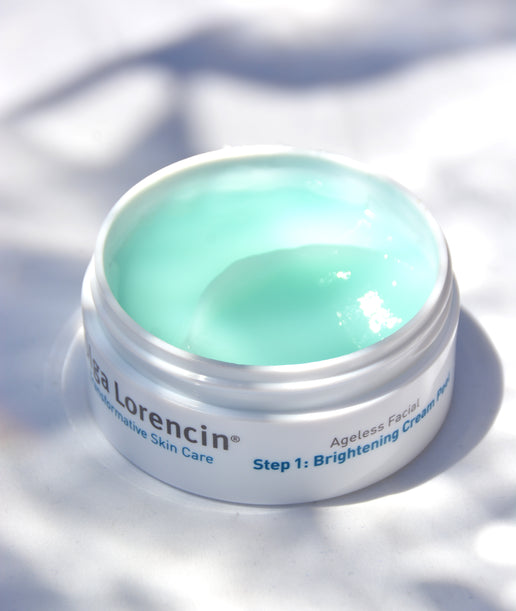

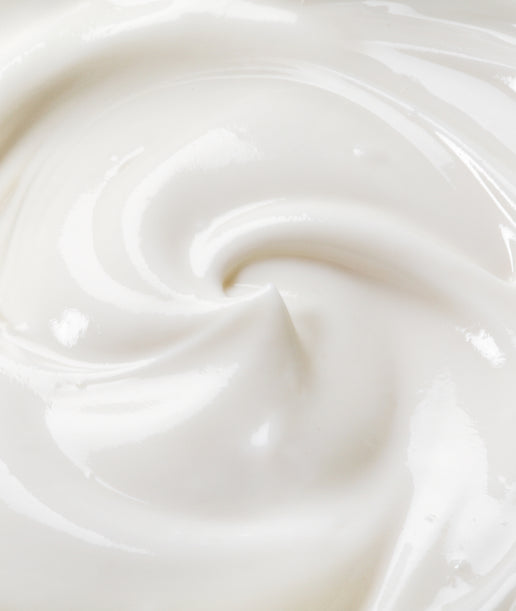
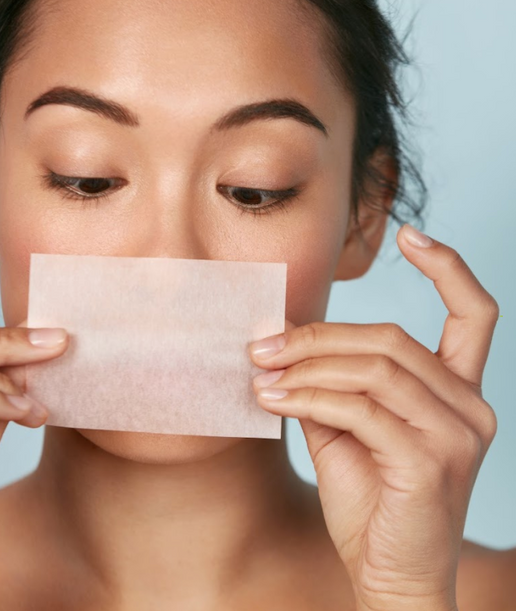
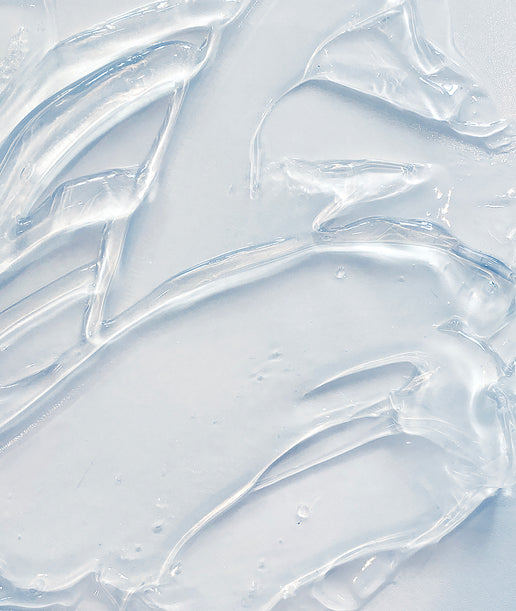
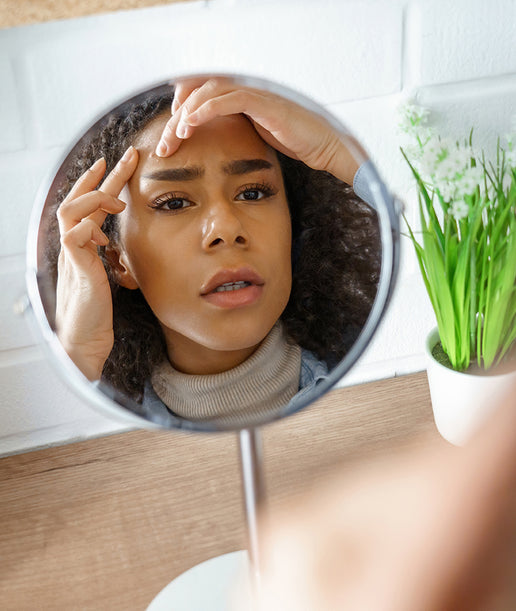
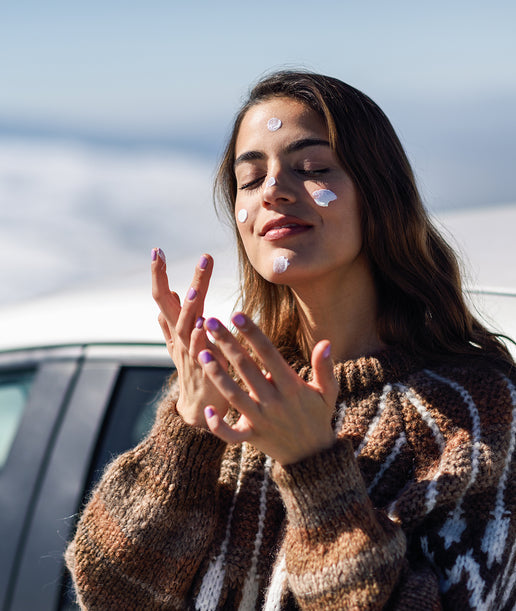

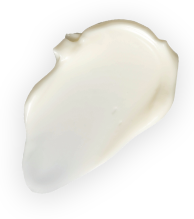 Unlock 15% off your first order
Unlock 15% off your first order